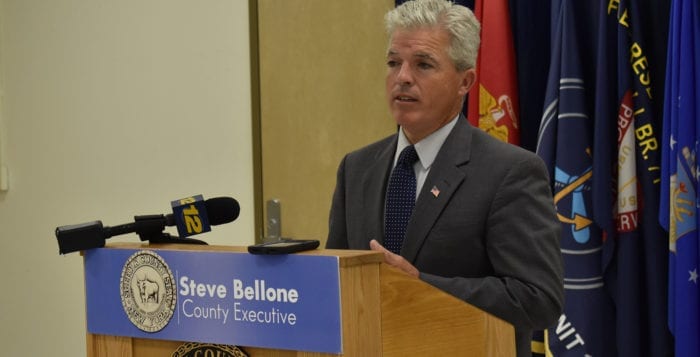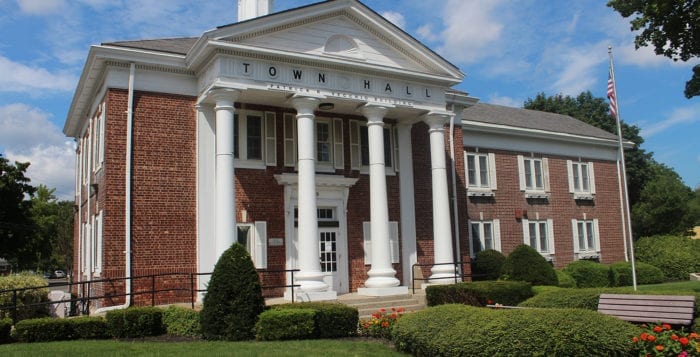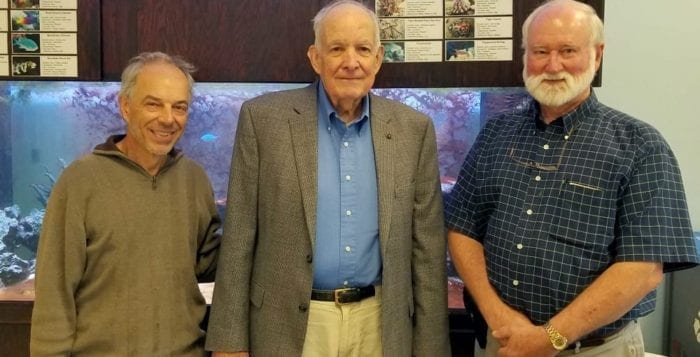This article has been revised to reflect the correct date of the event. The parade will be held today, March 10, rain or shine at 2 p.m. We regret the error.
By Christina Coulter
This year’s St. Patrick’s Day Parade grand marshal has enough Irish in him to go around.

Thousands will line the streets of New York Avenue and Main Street in Huntington Village March 10 for the 85th iteration of the community’s St. Patrick’s Day Parade, the most time-honored celebration of the holiday on Long Island. This year, full-blooded Irishman and longtime Huntington Hibernian Timothy Rossiter, 72, will lead the parade as grand marshal in a traditional morning suit tuxedo and a dyed-green boutonniere. It will also be his 25th year participating.
“It’s a grand tradition of the Irish people and it gives one the opportunity to express your heritage to the community,” said Rossiter. “It’s just a very, very fun day — everybody wishes they were Irish on Saint Patrick’s Day. It brings the community together, and that’s probably the most important thing.”
Rossiter, who was born in Brooklyn, said he was appointed to the dignified position during the group’s Halfway to Saint Patty’s Day dinner in September of last year. He joined Division 4 of the Ancient Order of Hibernians, the largest Irish Catholic fraternal order in the U.S., in 1994. Since then, he has been involved in countless St. Patrick’s Day celebrations, annual turkey drives and other charity efforts. A regular hospice volunteer, he also serves on the Visiting Nurse Service and Hospice of Suffolk, is acting treasurer of the area American Legion Post 360 and serves on the Hibernians’ charity fundraising arm, the board of Taispeain Charities. He said he uses his business connections as president of the Rossiter Financial Group to help raise funds. A golf enthusiast, Rossiter heads up the Hibernians’ Paul Costello Memorial Golf Outing, which supports local food pantries annually.
“I was asked to join the Hibernians way back when — I was interested in community service and this was a way to give back to the community,” he said. “I love the aspect that [Huntington] is relatively small, it’s very community-driven. Mostly, people get along with one another extremely well. It presents a good environment to bring up your children and it’s also a very vibrant business community.”
Rossiter said that the Hibernians attend a 10 a.m. Mass before marching, followed by a breakfast of scrambled eggs and Guinness. After years of participation, he will finally be able to rest his feet in a reviewer’s booth, where he will sidle off to early in the procession.
Beginning at 2 p.m. at the Huntington train station, the parade will include 2,000 participants and feature performances from a slew of bands and drum corps, including the New York Police Department’s The Emerald Society along with local high school marching bands and pipe bands. After turning west onto Main Street, the procession will funnel into Saint Patrick’s Church at 400 West Main St.
A parade route and further information can be accessed at https://www.huntingtonhibernian.com. The preceding annual Grand Marshal’s Ball will be held at The Larkfield Restaurant in East Northport at 6 p.m. on March 8. Raffle tickets cost $175 at the door, and the grand prize is a trip for two to Ireland. Proceeds will go toward parade costs.
“I’m so excited I’m ready to jump out of my skin,” said Rossiter. “I’m very humbled and it’s quite an honor to be chosen to lead the parade.”
















